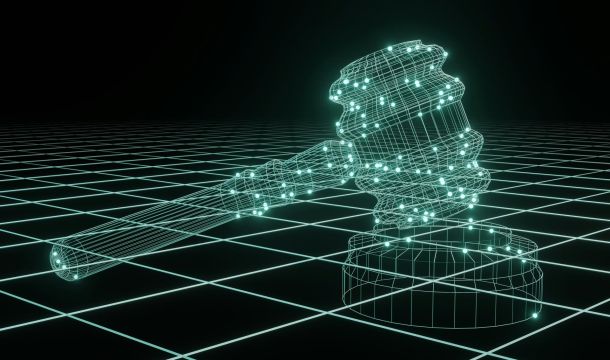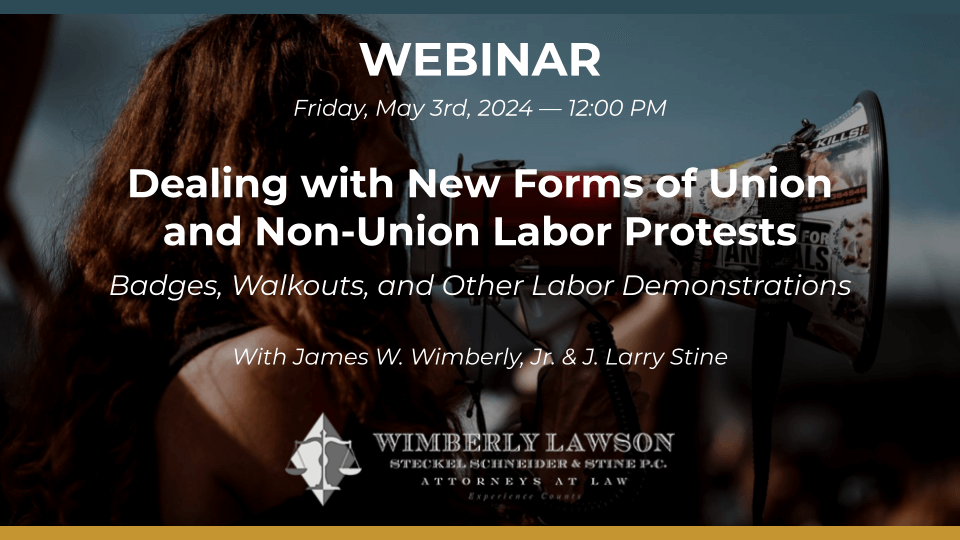AI Is Another Relevant Area of Employment Law Issues
The use of artificial intelligence (AI) is becoming increasingly utilized, including matters pertaining to employment. Perhaps the most common related use pertains to the screening of resumes and applications of job applicants. Some employers have developed sophisticated AI computer algorithms designed to make hiring decisions. The concept is admirable, in that supposedly computers are less prone to bias, and the hiring process becomes more simple, systematic, and objective. Unfortunately, the situation is not that simple, and legal risks can be created for employers.
To begin with, the risk of bias in AI can create a discriminatory hiring system. The decisions made by AI is dependent upon the information upon which it is trained, and the input can in essence be based on input adversely affecting minority groups, or any group for that matter. For this reason, the use of AI in connection with employment decisions must be carefully and legally reviewed.
The Equal Employment Opportunity Commission (EEOC) is increasingly focusing on the AI issue. In addition, state and local governments are in some cases passing laws restricting employer use of AI.
There has been some federal legislation on the subject, in the 2021 National Defense Authorization Act, which outlines considerations that employers should use in assessing AI. It is designed to focus on concepts business can use to mitigate risks from AI. Unfortunately, the principles detailed in the guidance are so vague and abstract to have limited practical use. One of the more significant points in the guidance is the suggestion to identify all third-party software and data the AI system relies on, a suggestion to allow employers to identify risks. The framework is coming from the National Institute of Science and Technology and is currently voluntary. In addition to employment discrimination concerns, other potential issues pertain to privacy concerns and security threats. The guidance at best helps employers identify issues and employers wishing to protect themselves from legal claims may wish to follow the suggested government framework as a defensive measure. It is highly likely that more government directives will come out on AI during the term of the current administration.
This article is part of our April 2023 Newsletter.
View newsletter online
Download the newsletter as a PDF
Related Content
Get Email Updates

Featured Federalist Article: Text Education in Muldrow v. St. Louis: The Supreme Court Just Made Title VII Cases Easier for Plaintiffs to Win

Judge Invalidates Joint Employer Rule, and Independent Contractor Rule Takes Effect

The Importance of Fairness in Employment to the Law and to Job Satisfaction

Major Employers Challenge Constitutionality of Labor Act

Starbucks' Big Change in Labor Policies



